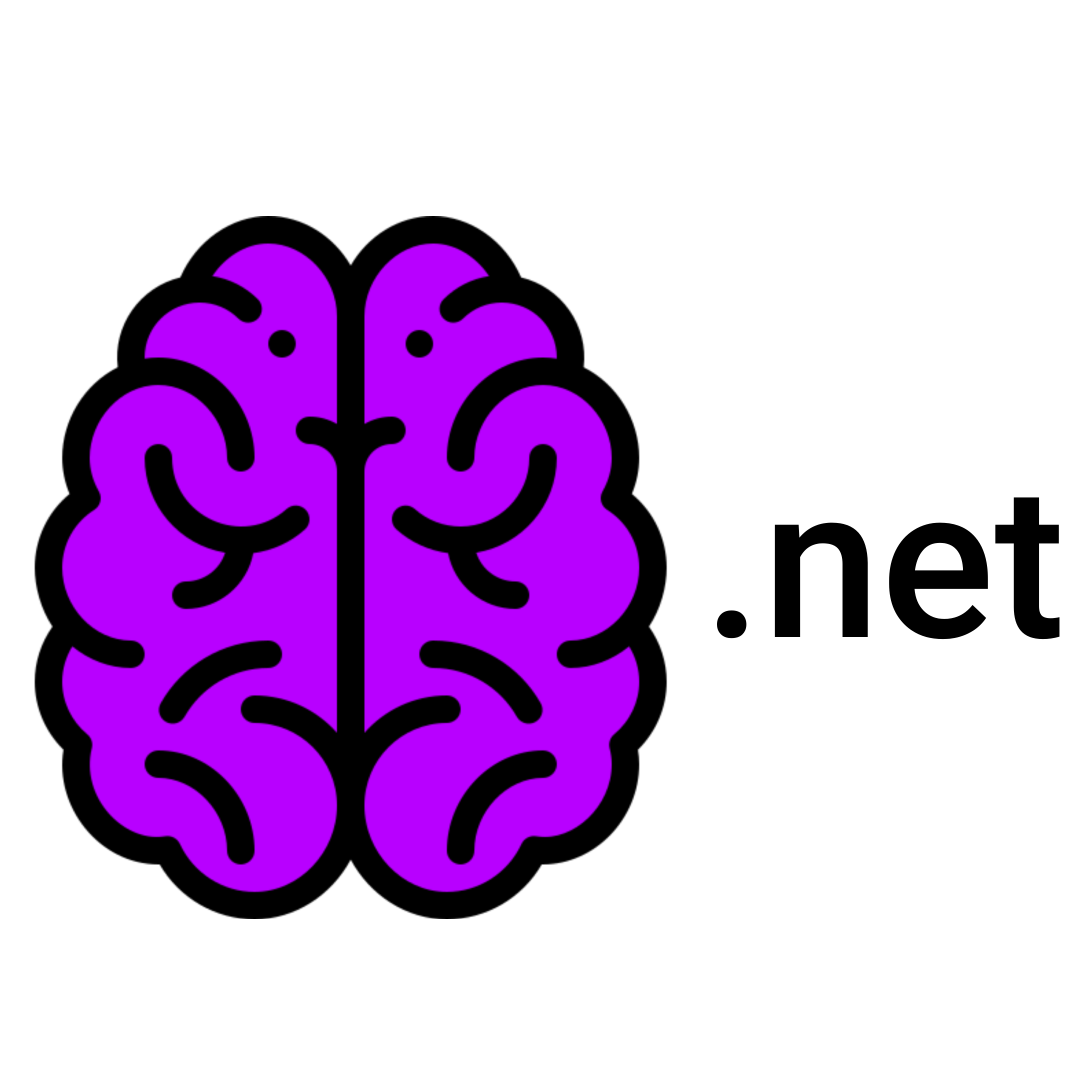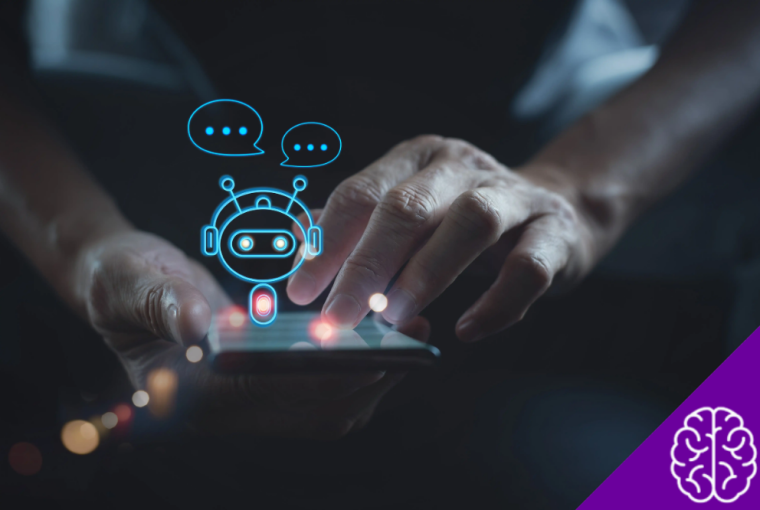Facts About ChatGPT: Since its launch, ChatGPT has captured global attention with its impressive ability to generate detailed, context-aware responses to a vast range of prompts. This AI tool, developed by OpenAI, can do everything from writing code to composing poetry.
But what goes on behind the screen? How was it built, what can it really do, and what are its limitations? This article explores some of the most impressive facts about ChatGPT, offering a glimpse into the technology that is reshaping how we interact with artificial intelligence. By the end, you’ll have a deeper appreciation for its capabilities and the complexities that drive it.
The Origins of OpenAI
OpenAI was founded in 2015 by a group of tech visionaries, including Sam Altman, Elon Musk, Greg Brockman, Reid Hoffman, Jessica Livingston, and Peter Thiel.
It began as a non-profit organization with the mission to collaborate freely with other institutions and researchers.
However, in 2019, OpenAI transitioned to a “capped-profit” company. This structural change allowed it to attract venture capital investment and offer equity to its employees, accelerating its research and development in the field of artificial intelligence.
How ChatGPT Was Built
The power behind ChatGPT lies in its massive training dataset and the complex architecture that processes this information.
A Mind-Boggling Number of Parameters
The GPT-3 model, an earlier version that powered ChatGPT, was trained on an astonishing 175 billion parameters. These parameters are the internal variables the model uses to generate text.
The training data itself amounted to 753 gigabytes, pulled from a diverse collection of sources, including Wikipedia, Google Books, news articles, and other web content.
This extensive knowledge base is what allows the tool to generate such surprisingly human-like and conversational responses.
Training on Over 40 Terabytes of Data
To put its training into perspective, ChatGPT was trained on over 40 terabytes of text data. This immense volume of information provides the model with the linguistic patterns and general knowledge needed to respond to the prompts it receives from users around the world.
The Cost of Operation
Keeping a tool as powerful as ChatGPT running is not cheap. Estimates suggest that the daily operational costs are around $700,000. This figure covers the immense computational power required to process millions of user queries every day.
What Can ChatGPT Really Do?
Beyond answering simple questions, ChatGPT has a wide array of creative, technical, and even playful capabilities.
It’s a Talented Programmer
One of ChatGPT’s most practical applications is its ability to write and debug code. You can specify a programming language and the desired function, and it will generate the code for you.
It can also analyze existing code snippets to identify errors or suggest improvements, making it a valuable assistant for developers.
It’s a Multilingual Master
ChatGPT can communicate in over 100 languages. This impressive multilingual capability makes it a powerful global resource for translation and cross-cultural communication. Reportedly, even its creators were surprised by how effectively the model learned to switch between different languages.
It’s a Math Whiz
The AI is capable of performing a range of mathematical calculations. It can handle basic arithmetic like addition and subtraction, but it can also tackle more advanced problems, including differential equations, integrals, and systems of equations.
It’s also equipped to perform statistical and financial calculations, such as compound interest and regression analysis.
It Can Offer Creative and Emotional Support
In a more surprising application, some users have found ChatGPT helpful for emotional support. While it is by no means a substitute for human connection or professional therapy, it can provide a non-judgmental space to process thoughts and feelings, helping to alleviate moments of distress.
On a lighter note, the AI has also been used to craft clever pick-up lines, write poems, and generate short stories, challenging the notion that creativity is an exclusively human trait.
It’s a Great Writing and Study Partner
For writers, ChatGPT can be an excellent resource for brainstorming ideas, refining text, and overcoming writer’s block. It can offer suggestions to improve the flow and clarity of your writing.
For students, it can be a powerful study aid. If you’re struggling with a complex concept, you can ask the AI to explain it in simpler terms, providing the clarity needed to understand difficult topics.
The Limitations and Controversies
Despite its remarkable abilities, ChatGPT is not without its flaws and has sparked considerable debate.
It Doesn’t Truly Understand
Although ChatGPT can produce coherent and contextually relevant text, it doesn’t actually comprehend the content it generates.
Its responses are based on recognizing patterns in its vast database of text and combining words in a statistically probable sequence. This means it has no awareness or consciousness.
It Can “Hallucinate”
Because it lacks true understanding, ChatGPT sometimes produces nonsensical or factually incorrect information, a phenomenon known as “hallucination.”
It might incorrectly associate two unrelated topics simply because they appear together in its training data. Since it cannot evaluate the accuracy of its own statements, it doesn’t know when it has provided a completely wrong answer.
Its Knowledge Has Limits
Early versions of ChatGPT had a knowledge cut-off and could not access real-time information from the internet.
This meant its responses were limited to the data it was trained on. More recent updates have given it internet access, making it a much more powerful (and potentially more dangerous) tool.
It Has Been Banned in Some Places
The rise of ChatGPT has raised concerns, particularly in education. Many students began using the tool to complete school assignments, leading some school districts, like those in New York City, to question its use and even ban it. The debate continues on how to integrate such tools responsibly into the learning process.
The Road Ahead for Enterprise AI!
The development of ChatGPT has had a massive impact on the tech industry and beyond. The success of the tool more than doubled OpenAI’s market value, which has been reported to be over $30 billion.
It has also created significant competition for established search engines like Google, as users are drawn to its direct and practical way of providing answers.
ChatGPT is a remarkable example of how far artificial intelligence has come. It showcases the immense potential of AI to assist with a wide range of tasks, from creative writing to complex problem-solving.
As the technology continues to evolve, its influence on our daily lives and industries is only set to grow!


